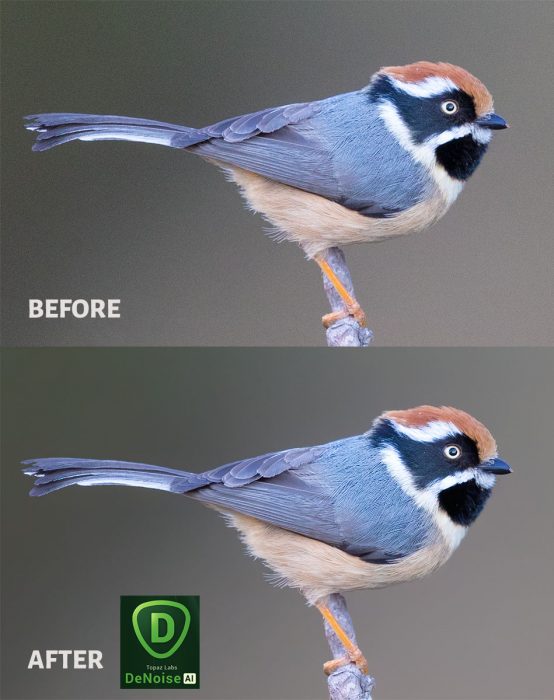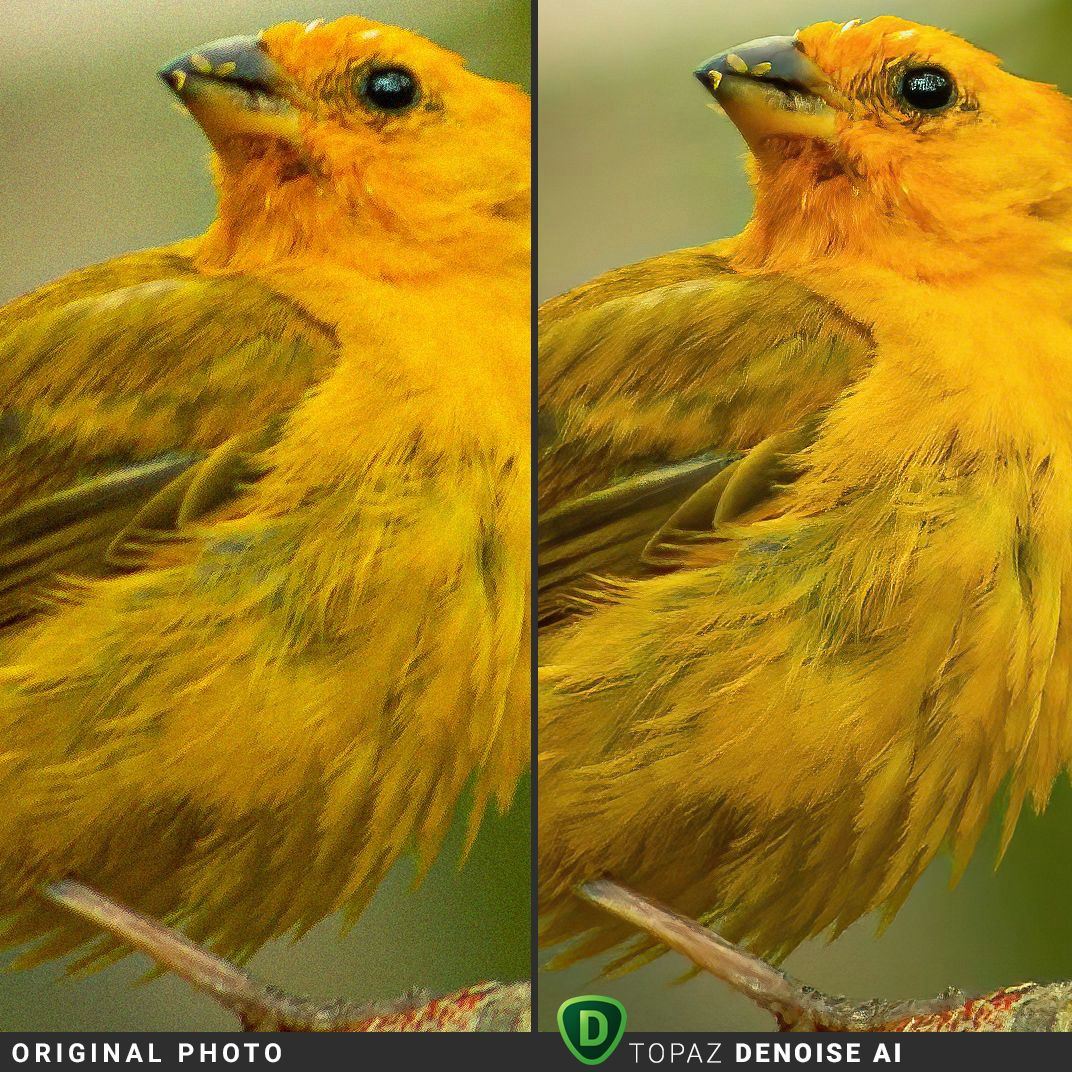

The faster the optics you use the less integrated exposure time you need on the lights, but only to an extent, and you still need your 50+ dark frames (as an absolute number, not a total exposure-time). Dark frames are "better value for money" if you've imaged more than one target in a night, since you only need to take one set of darks in a given evening (assuming temperatures have not changed drastically over the course of your imaging session/night, which they probably won't), and no matter how many different targets you image that night you can apply the same set of dark frames to them all. But that's what it takes, among other measures, to truly lower the noise. This might seem onerous, and I guess it is. so it can take about half an hour to get your darks if you've been doing 30s exposures (50 x 30s) or more like an hour+ if you've been doing longer exposures (50圆0s, or 50x120s.).

#TOPAZ DENOISE ASTROPHOTOGRAPHY ISO#
Your dark frames, as I'm sure you know, need to be taken at the same ISO and exposure length as your light frames. some recommend two hours' worth (see the book below, though it is often referring to the use of slow optics). More is no bad thing.įor light-frames, to get a low noise result you need to gather something approaching an hour's worth of data (whether that be 120 x 30s exposures, or 60 x 60s exposures, etc). You probably need something like 50 or more dark frames, alone. An A7R model is bound to have lots of noise that needs to be sampled and dealt with, given the huge number of little pixels. You've got to take enough darks to thoroughly average out and create a helpful sample of the sensor's own noise.Īnd I suspect that, the more pixels your sensor has, the more darks (as well as lights) you need to stack. Show more →ĭark frames can actually *add* noise unless you have enough of them. It cost a pretty penny and if anyone on the board who is using a similar setup wouldnt mind sharing their before and after result with topaz either by posting them here or sending me an email with a higher resolution image I would be grateful for that. My main question is will using topaz denoise mitigate that issue or is it not worth my money. To me shooting at iso 3200 there is a noticeable difference and on the riii the noise is a bit more visible. Hello I'm writing this as I recently picked up an a7riii coming from an a7iii. It’s a nice tool to have in case you need it, but it’s definitely not ideal for standard workflow Sometimes it’ll work like magic, and other times it’s unusable. I’d definitely recommend downloading the 30 day trial. Also by Astro I mean the milky way not deep space. I already do a stack of around 20-30 images for my Astro photos I was just wanting to see if there was a way to further lessen the noise. In my experience, it does poorly on astronomical objects, even simple ones like the moon.īut - you really should be stacking, and after that you really shouldn't be seeing noise.
#TOPAZ DENOISE ASTROPHOTOGRAPHY INSTALL#
I do not own it, but why not install the 30-day trial and see for yourself?


 0 kommentar(er)
0 kommentar(er)
